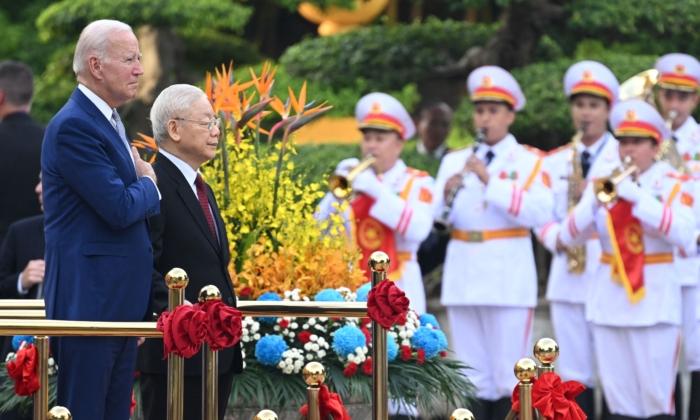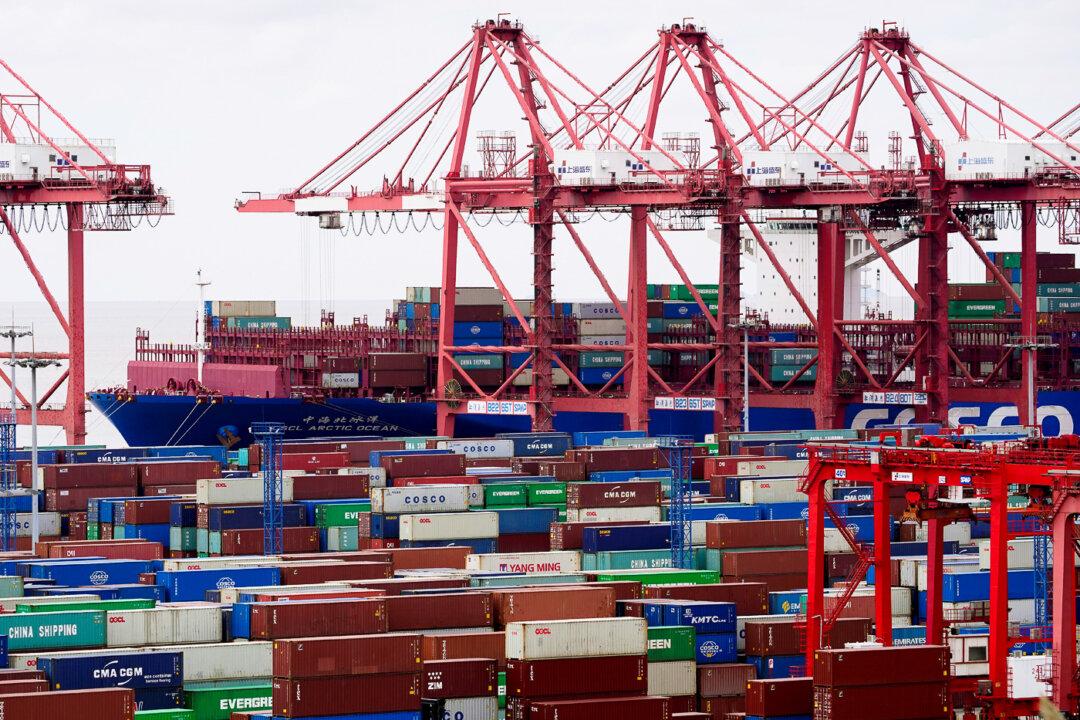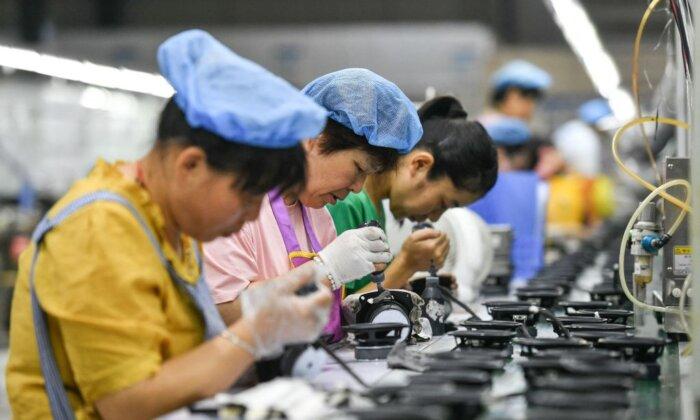President Joe Biden just made the latest move in Washington’s competition with Beijing. After the recent G20 meetings in India, he flew to Hanoi, Vietnam, and signed an agreement to bring Vietnam closer to the American side in this U.S.–China competition.
Not surprisingly, Vietnam is acting cautiously in this matter, but it’s definitely a point for President Biden. Now, it is Beijing’s move.

Beyond bilateral Vietnamese–U.S. interests, the agreement clearly aims at Beijing. The American connection, although it has limited diplomatic status and no military elements, will give Hanoi leverage in its ongoing dispute with Beijing over Chinese claims for sovereignty over islands in the South China Sea and large stretches of ocean up to 1,200 miles from the Chinese coast.
This leverage, of course, is only implied and was certainly never mentioned during President Biden’s visit. On the contrary, General Secretary of the Vietnamese Communist Party Nguyen Phu Trong insisted as he signed that in reaching this agreement, his country was “not aligning itself with the United States against China.” Well, he might soften the effect in this way. China is, after all, Vietnam’s biggest trading partner and its primary source of raw materials for that nation’s manufacturing effort.
President Biden said his efforts to improve trade with Vietnam most definitely aren’t designed to “contain” China. He further insisted that “we’re not trying to hurt China.” According to reports from those who accompanied the president, he repeated these assurances so frequently that it was easy to believe that he meant quite the opposite.
Indeed, in light of American restrictions on the sale of technology to China and limits on U.S. investment in Chinese technology, the president’s decision to highlight efforts to build up Vietnamese capabilities in the production of semiconductors and other technologies does seem like a way to underscore American efforts to disadvantage China. If this implication wasn’t clear enough, President Biden, while disclaiming any intention to “contain” China, said part of his reason for courting Vietnam is to give the United States a “stable base in the Indo-Pacific.” The only reason to seek a stable base would be to contain the Chinese regime’s expansion.
The deal is something of a feather in President Biden’s cap. In the tit-for-tat character of Washington’s competition with Beijing, he seemed to score points last year with restrictions on exports of advanced semiconductors to China as well as advanced semiconductor manufacturing equipment. He scored more points by getting Japan and the Netherlands to join the export bans.
Over the summer, Washington stepped up the pressure on Beijing with an executive order that will limit U.S. investments in Chinese technology. In a counter to these moves, China recently announced a technological breakthrough in semiconductor production that might render moot the U.S., Japanese, and Dutch export bans.
With this Vietnam agreement, the United States has partially countered the effect of China’s technological breakthrough by turning Vietnam, a close China trading partner, from its neutral-to-negative posture toward the United States to a more positive one. So far, Beijing has said little, but there will be a response.







